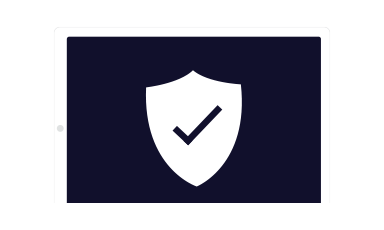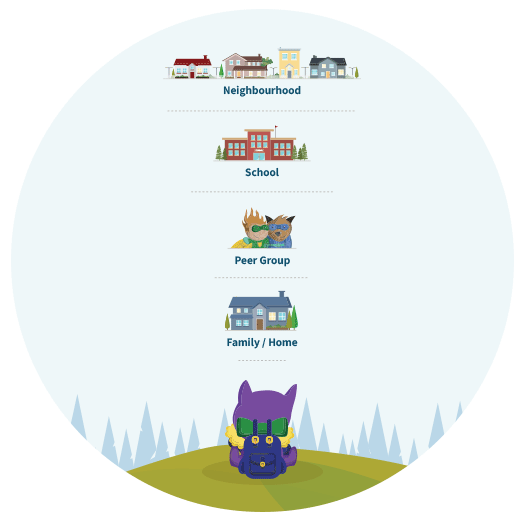
What is Contextual Safeguarding?
Traditionally, child protection efforts have primarily focused on risks within the family unit, often overlooking the potential dangers that exist outside the home. However, a new and alternative approach called contextual safeguarding has emerged over the last ten years, highlighting the importance of considering the broader social and environmental factors that can impact young people's safety. In this article we describe what this approach means and some of its benefits in an educational setting.

Experiences and Influences
Contextual safeguarding is an innovative approach to child protection and welfare that expands the scope of traditional practices. It recognises that young people's experiences and vulnerabilities are not solely confined to the family, but also influenced by their wider, “extraDr-familial” context, including schools, where they live, peer groups, and online environments. By acknowledging the various contexts in which young people live and interact, contextual safeguarding aims to address the risks and harm they may face outside of the home.
The Development of Contextual Safeguarding
The concept of contextual safeguarding was developed by researcher Dr. Carlene Firmin over the course of her PhD research. Dr Firmin identified a key gap in traditional child protection strategies that failed to account for the risks posed by factors beyond the family. Her research and pioneering work led to the development of a framework that highlights the need for a holistic and context-driven approach to safeguarding young people. Contextual safeguarding is now well respected and understood in professional safeguarding circles, and is referenced in the UK Government’s statutory guidance, Keeping Children Safe in Education (KCSIE), as well as the statutory framework, Working Together to Safeguard Children.

The Key Principles
Contextual safeguarding broadens the focus of child protection beyond the family, recognising that young people can be at risk in various settings outside of the home. This involves understanding the dynamics and challenges within different contexts, such as schools, peer groups, and where they live, to identify potential risks and protective factors. Interventions are tailored to specific contexts, acknowledging that different settings require different strategies to mitigate risks and promote young people's safety.
Contextual safeguarding emphasises inter-agency collaboration among professionals from different sectors, including social services, education, local authorities such as the police, local government, and community organisations, to effectively address the risks young people face. Sharing information between agencies provides a better understanding of a young person's experiences across various contexts and makes it possible to coordinate safeguarding efforts effectively.

Benefits and Impacts
Contextual safeguarding offers several benefits and potential impacts, including:
• A more comprehensive understanding of the risks and vulnerabilities young people face.
Enhanced collaboration between agencies and sectors, leading to more effective interventions.
• Improved protection for young people from harm in schools, where they live, and online spaces such as the use of social media or school devices.
• Prevention of peer-on-peer abuse, exploitation, gang violence, and other forms of harm outside the home.
• Increased engagement of young people, as their voices and experiences are taken into account when designing safeguarding measures.
• Creating safer environments that promote the overall wellbeing and development of young people.
Contextual safeguarding represents a significant shift in child protection practices, recognising the need to consider the wider contexts in which young people live and interact. It requires collaboration, information sharing, and a comprehensive understanding of the risks and challenges young people face in different contexts. Ultimately, by embracing this approach, we can work towards a society where all young people can thrive and grow in safety.
How Senso helps schools with Contextual Safeguarding
Without even leaving their home, children can be exposed to the entirety of the outside world. There is no limit to the distances they can travel online, nor the people they can interact with, whether they are using their devices in their bedroom or in the classroom. That’s why Senso Safeguard Cloud offers proactive monitoring and filtering for school-owned devices, wherever they are, and alerts DSLs immediately to any critical or urgent safeguarding concerns.
Senso is raising its game in tackling safeguarding risks, incorporating new keyword libraries that reflect the constant threat faced by children from outside influences. To complement our existing libraries on extremism, child sexual exploitation and online sexual harassment, this summer we are also releasing a new keyword library on Child Criminal Exploitation and County Lines, which is one of the most serious extra-familial harms that any child could face. Together, we can help to keep children safe online, wherever they are.
Want to Know More?
If you want to know more information on how Senso can help schools manage their online presence, please don’t hesitate to get in touch. We’d love to hear from you!